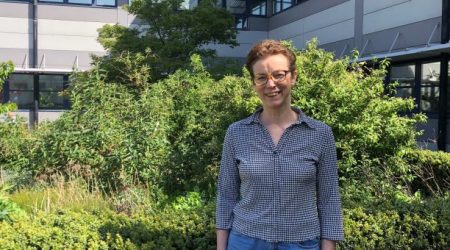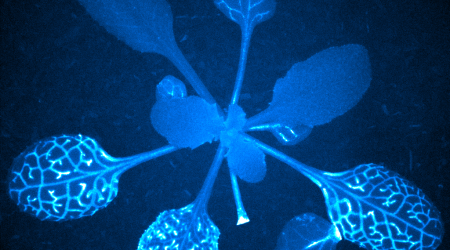In the long term, science and biodiversity will benefit from our infrastructure programme
Over the next five years, the Next Generation Infrastructure (NGI) programme aims to establish a world-leading hub for UK plant and microbial research, transforming the capabilities of the John Innes Centre and The Sainsbury Laboratory, at the heart of the Norwich Research Park.
This programme will redevelop our campus, with ambitions to create a net-zero carbon laboratory building (with certification under the UK Net Zero Carbon Buildings Standard) and insectary, as well as a state-of-the-art plant growth facility and specialist glasshouses. Alongside new buildings, we will also refurbish existing buildings and create a functional landscape, with spaces for working and socialising, and habitats for nature.
The new buildings, renovations, and demolition will inevitably change the existing site and surrounding green spaces and infrastructure. However, the programme is committed to enhancing biodiversity, with new developments asked to achieve a minimum Biodiversity Net Gain of 10%. We are committed to achieving a greater gain than the minimum requirements and are predicting a much greater uplift.
MKA ecologists carrying out bat surveys
New landscapes
Our aim is to create a welcoming, natural landscape that works for science and biodiversity.
To achieve this, we will embed a range of initiatives, including introducing more pollinator-friendly native plants, the creation of a rain garden, attenuation ponds and new hedgerows, alongside protecting healthy, mature trees and wildlife corridors where possible.
Significant trees will be protected before, during and after the construction phase, and the new landscape includes a net gain of 40 trees on site.
Our team is working with ecologists and arboriculturists to mitigate the effects of construction. Having completed a full biodiversity survey of the site, some of their recommendations that we will implement include: the use of coppicing instead of hedge/tree removal, hand-digging near root protection zones, the use of matting on temporary access routes to prevent soil compaction, and the use of sensitive lighting during construction to avoid disturbing foraging wildlife, such as bats and hedgehogs.
The NGI programme will also produce a Habitat Management and Monitoring Plan, which will outline how land will be managed over the next 30 years to maintain the gain in biodiversity.






